Dressed head to toe in bogu (protective padding and face mask) and yielding shinai (bamboo swords), two barefoot opponents bow to each other on the hardwood floor. They are ready to face off in a kendo match. Each kenshi (fencer) uses strategic combinations of offensive and countering techniques, ultimately aiming to score a point by hitting one of four zones on the body. As the instigator engages a target, he lets out a warning kiai (yell), usually “Yah!” or “Ha!” Stamping his right foot, he attempts to land a clean blow and shouts again, this time calling out the strike zone—“men!” (head), “tsuki!” (throat), “do” (abdomen), or “kote!” (wrist). The first to score two points is the victor.
Kendo, translated as “way of the sword,” is the Japanese martial art of fencing born in 12th century Japan out of kenjutsu, the training regimen of the samurai warrior class. Kendo’s steel blades were eventually replaced with bamboo to make the tenets of swordsmanship accessible to anyone who wanted to learn. Kendo was introduced to Hawai‘i in 1868 by several samurai and samurai students who came as part of the Gannenmono, the first official group of Japanese immigrants recruited to work the sugar plantations. Though the martial art was banned following the attack on Pearl Harbor as part of the effort to oppress Japanese cultural arts, one year after World War II ended, it made a comeback. In 1947, five years before the first national kendo federation in Japan was established, kendo dojo (clubs) in Hawai‘i united under the organization Hawaii Budo Kyokai, known today as Hawaii Kendo Federation. When the first World Kendo Championship was held in 1970, Hawai‘i earned a standing invitation because of its robust kendo community.
Guided by Zen Buddhism values such as discipline, courage, and respect, kenshi follow strict rei-gi, or etiquette. For example, one should never lean on or step over swords, and one should always assume the seated position seiza when putting on or removing armor. At ‘Aiea Taiheiji Kendo Club, one of O‘ahu’s 16 dojo, head instructor Braxton Fukutomi challenges his pupils to embrace humility in their practice. “If you happen to be the winner, you don’t want to gloat too much, because it discredits the work that the other person has put in,” he says. “Kendo teaches the importance of being gracious all the time, no matter the outcome of the match.” Fukutomi is also an assistant instructor for Waipahu Seibukan Kendo Club, which his great grandfather Seigo Morita formed in 1939. Both dojo practice at the Soto Mission of ‘Aiea Taiheiji temple, but they maintain separate identities to honor their original founders.
Kenshi learn highly technical attack and defense maneuvers called waza through precision stance and footwork choreography. Besting an opponent with clever strikes is secondary to the goal of focusing one’s ki (energy or life force) to a place where body, spirit, and sword align. “Beginners tend to just hit a lot to try and score points,” says Garrett Matsumoto, who leads Kenshikan Kendo Club. His students range in age from 4 to 67 and include his two sons, Niklas and Brandyn. “But as you become more skilled, the actual hit just confirms that you’ve already won. The mindset is that your ki is so strong that you overwhelm your opponent.”
Beginners absorb the basics of kendo sans armor, then progress through six kyu ranks followed by eight dan ranks based on experience. In tournaments, competitors are paired by age and rank. With only beginner and advanced class designations, kenshi of varying size and skill test their deftness against each other in practice matches. When Lori Chun began training under Matsumoto at 35 years old, she competed often to measure her progress against women of similar age and experience. Now approaching 60, she’s reached the rank of fifth dan and has a new vision for success in the martial art. “As I’m getting older, it’s not so much strength and speed I’m after, but better technique and grace under fire—staying even-keeled no matter what,” she says. Outside the dojo, Chun is part of a social group which brings fellow kenshi together to talk about life and share a few laughs. “That’s the beauty of kendo in Hawai‘i; we’re a close-knit group,” she says. “Kendo has given me friendships and buoyancy through tough times, and I hope I’m a better person for it.”
Dressed head to toe in bogu (protective padding and face mask) and yielding shinai (bamboo swords), two barefoot opponents bow to each other on the hardwood floor. They are ready to face off in a kendo match. Each kenshi (fencer) uses strategic combinations of offensive and countering techniques, ultimately aiming to score a point by hitting one of four zones on the body. As the instigator engages a target, he lets out a warning kiai (yell), usually “Yah!” or “Ha!” Stamping his right foot, he attempts to land a clean blow and shouts again, this time calling out the strike zone—“men!” (head), “tsuki!” (throat), “do” (abdomen), or “kote!” (wrist). The first to score two points is the victor.
Kendo, translated as “way of the sword,” is the Japanese martial art of fencing born in 12th century Japan out of kenjutsu, the training regimen of the samurai warrior class. Kendo’s steel blades were eventually replaced with bamboo to make the tenets of swordsmanship accessible to anyone who wanted to learn. Kendo was introduced to Hawai‘i in 1868 by several samurai and samurai students who came as part of the Gannenmono, the first official group of Japanese immigrants recruited to work the sugar plantations. Though the martial art was banned following the attack on Pearl Harbor as part of the effort to oppress Japanese cultural arts, one year after World War II ended, it made a comeback. In 1947, five years before the first national kendo federation in Japan was established, kendo dojo (clubs) in Hawai‘i united under the organization Hawaii Budo Kyokai, known today as Hawaii Kendo Federation. When the first World Kendo Championship was held in 1970, Hawai‘i earned a standing invitation because of its robust kendo community.
Guided by Zen Buddhism values such as discipline, courage, and respect, kenshi follow strict rei-gi, or etiquette. For example, one should never lean on or step over swords, and one should always assume the seated position seiza when putting on or removing armor. At ‘Aiea Taiheiji Kendo Club, one of O‘ahu’s 16 dojo, head instructor Braxton Fukutomi challenges his pupils to embrace humility in their practice. “If you happen to be the winner, you don’t want to gloat too much, because it discredits the work that the other person has put in,” he says. “Kendo teaches the importance of being gracious all the time, no matter the outcome of the match.” Fukutomi is also an assistant instructor for Waipahu Seibukan Kendo Club, which his great grandfather Seigo Morita formed in 1939. Both dojo practice at the Soto Mission of ‘Aiea Taiheiji temple, but they maintain separate identities to honor their original founders.
Kenshi learn highly technical attack and defense maneuvers called waza through precision stance and footwork choreography. Besting an opponent with clever strikes is secondary to the goal of focusing one’s ki (energy or life force) to a place where body, spirit, and sword align. “Beginners tend to just hit a lot to try and score points,” says Garrett Matsumoto, who leads Kenshikan Kendo Club. His students range in age from 4 to 67 and include his two sons, Niklas and Brandyn. “But as you become more skilled, the actual hit just confirms that you’ve already won. The mindset is that your ki is so strong that you overwhelm your opponent.”
Beginners absorb the basics of kendo sans armor, then progress through six kyu ranks followed by eight dan ranks based on experience. In tournaments, competitors are paired by age and rank. With only beginner and advanced class designations, kenshi of varying size and skill test their deftness against each other in practice matches. When Lori Chun began training under Matsumoto at 35 years old, she competed often to measure her progress against women of similar age and experience. Now approaching 60, she’s reached the rank of fifth dan and has a new vision for success in the martial art. “As I’m getting older, it’s not so much strength and speed I’m after, but better technique and grace under fire—staying even-keeled no matter what,” she says. Outside the dojo, Chun is part of a social group which brings fellow kenshi together to talk about life and share a few laughs. “That’s the beauty of kendo in Hawai‘i; we’re a close-knit group,” she says. “Kendo has given me friendships and buoyancy through tough times, and I hope I’m a better person for it.”
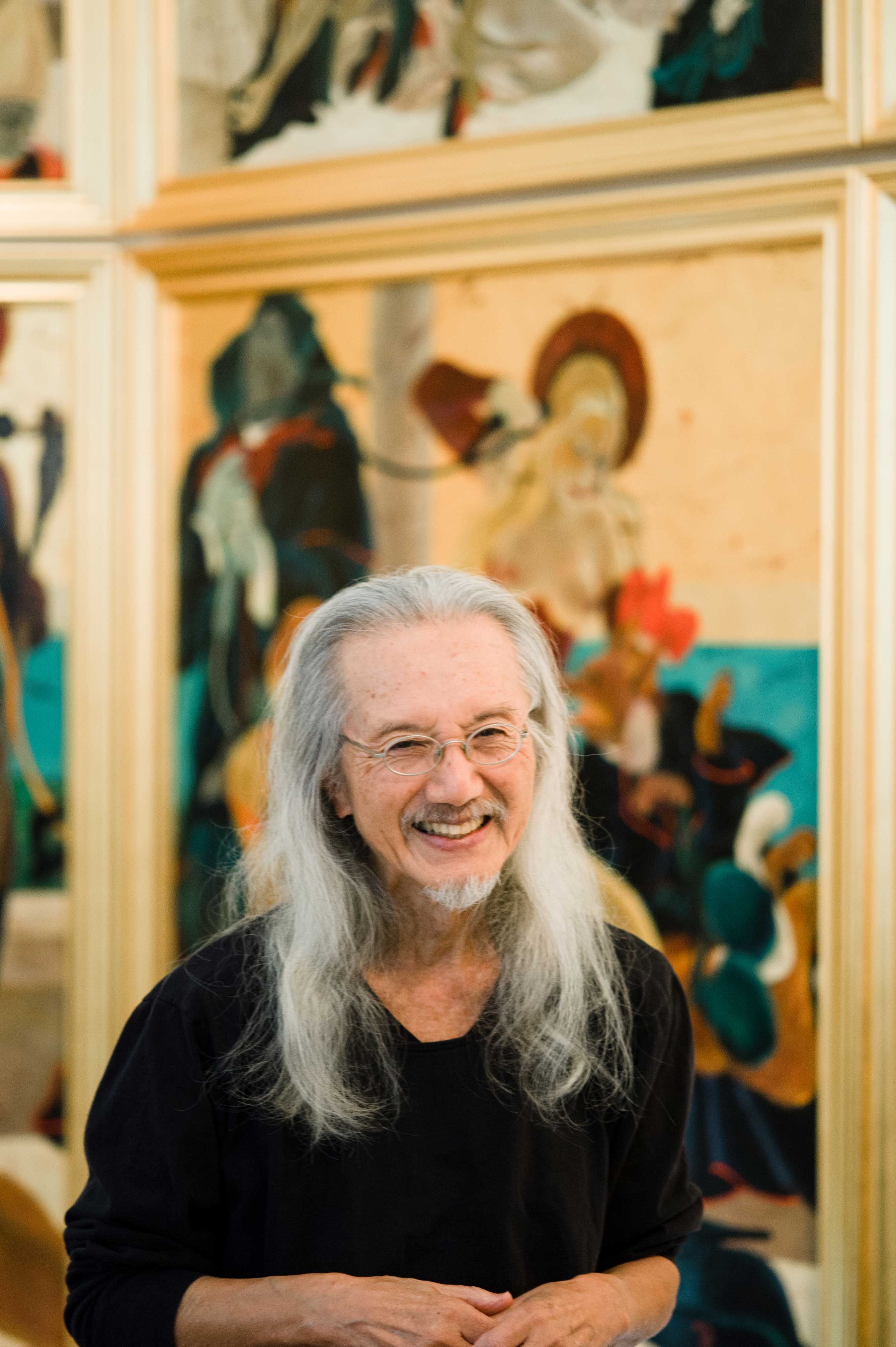
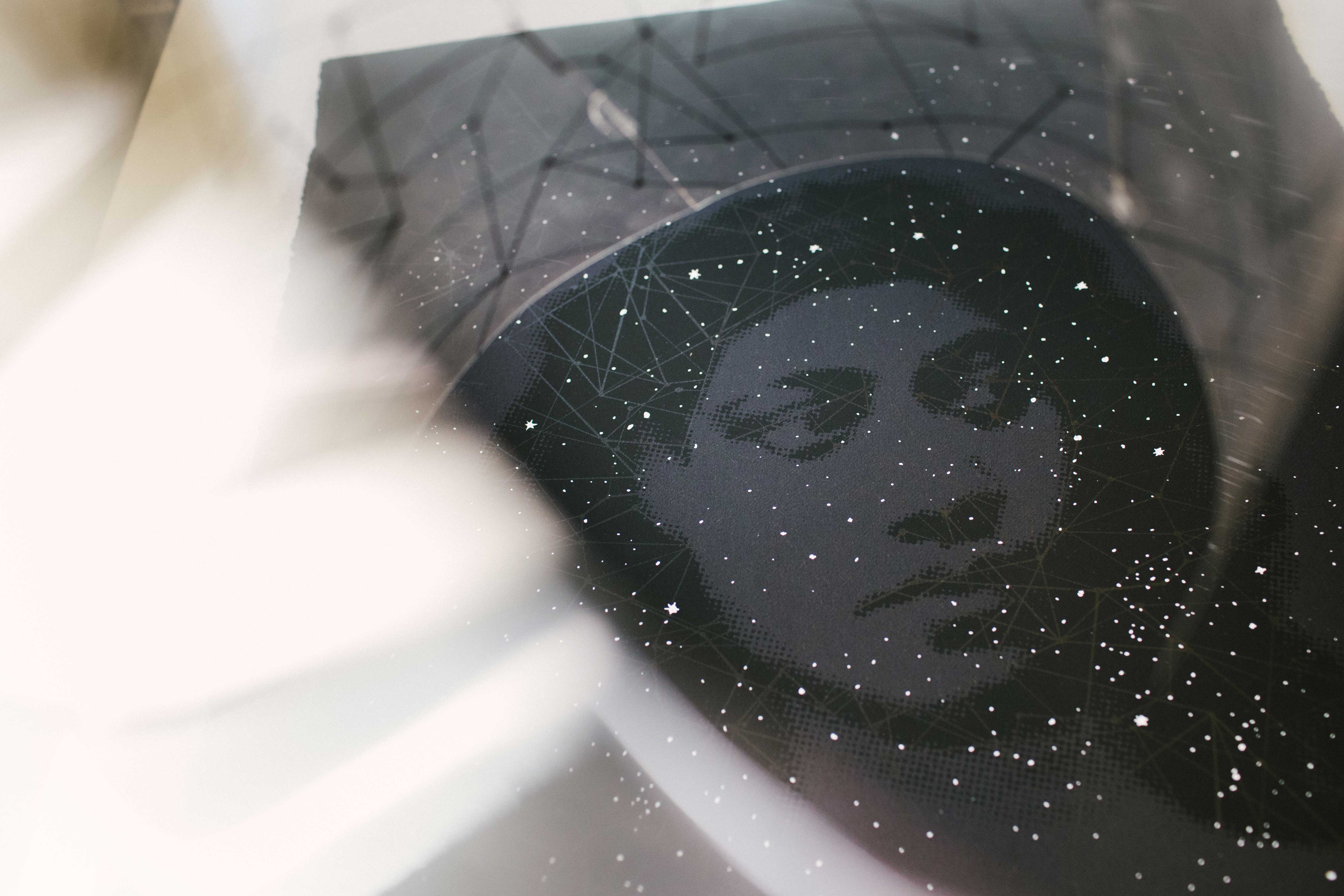


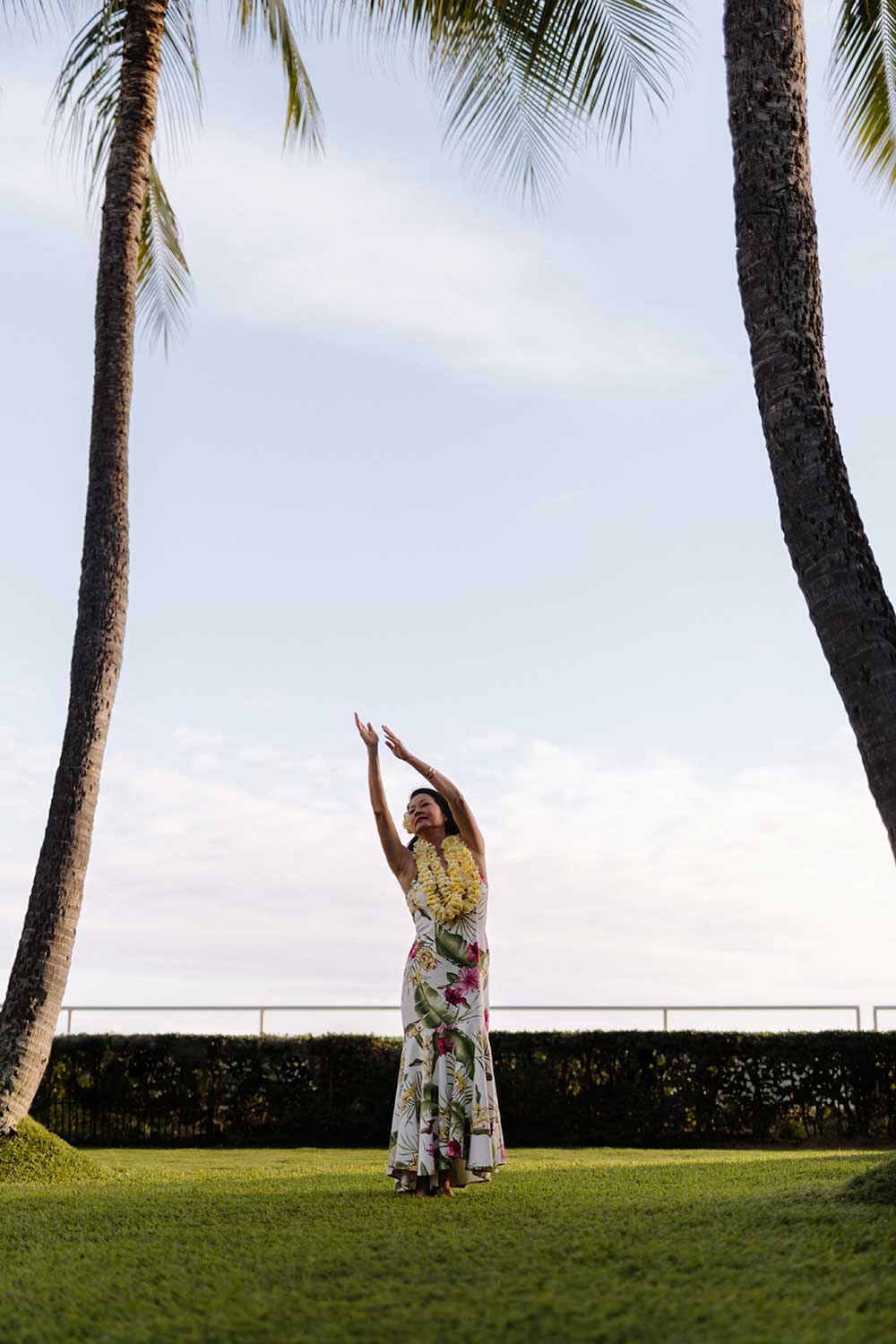
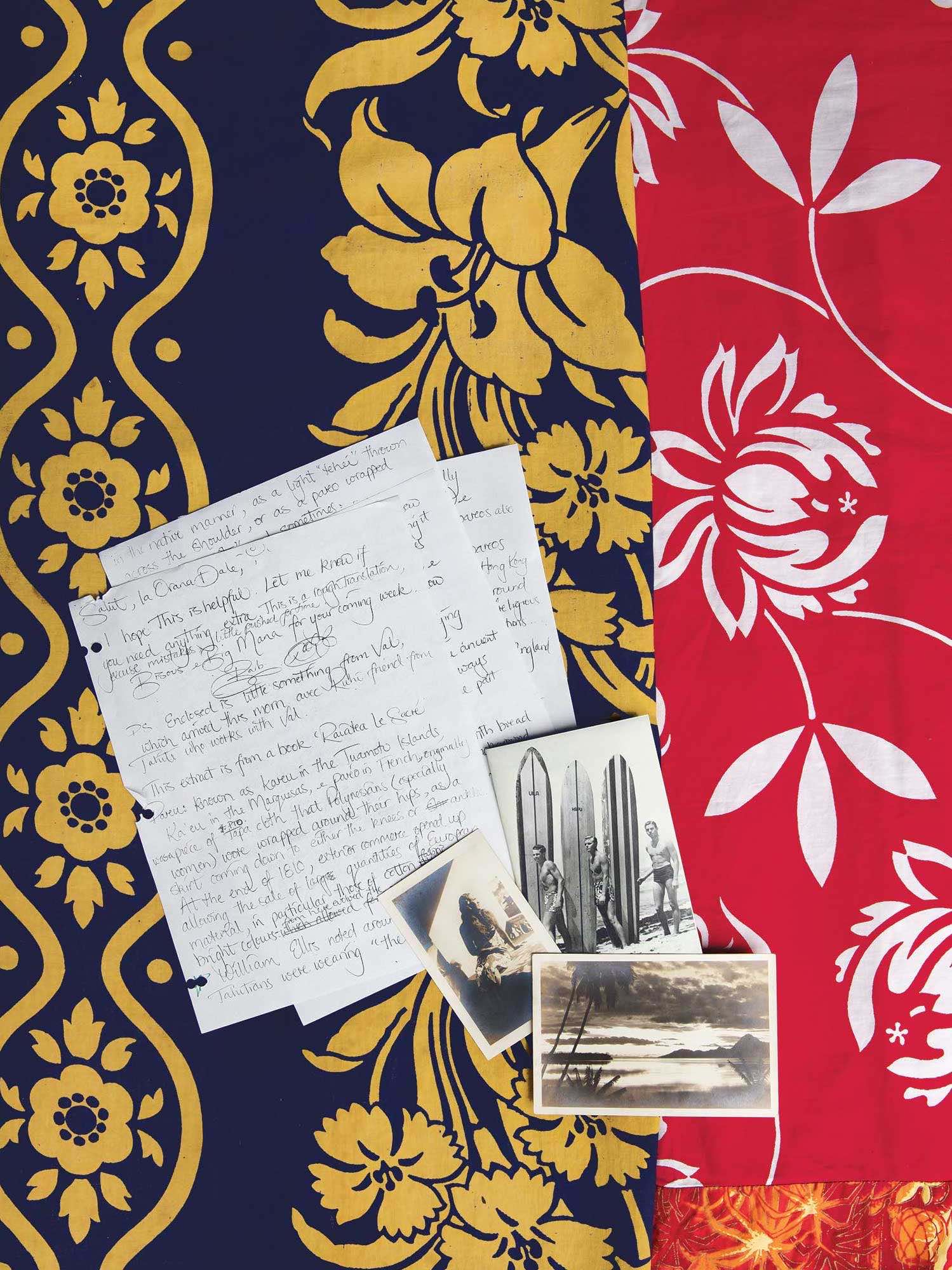
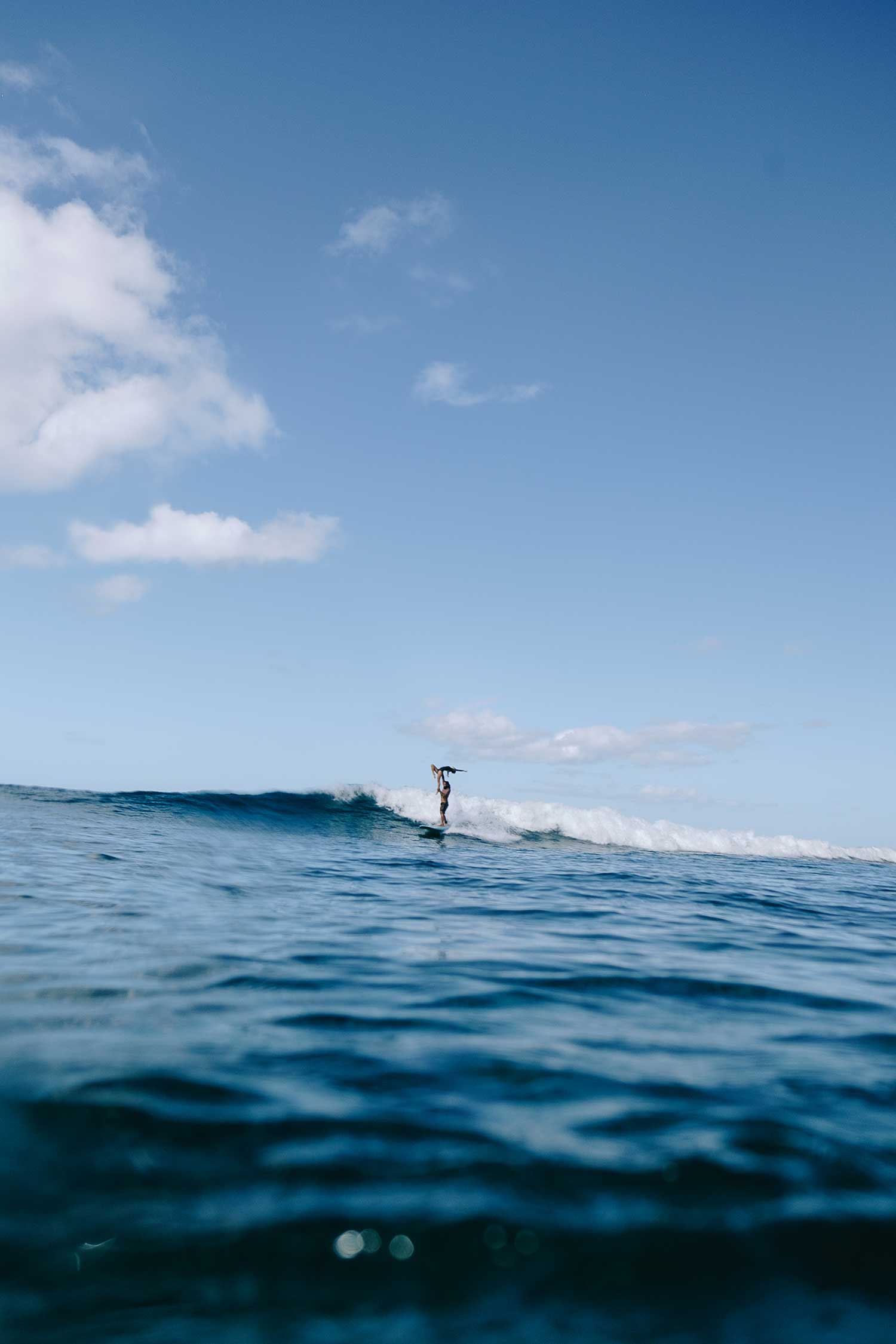
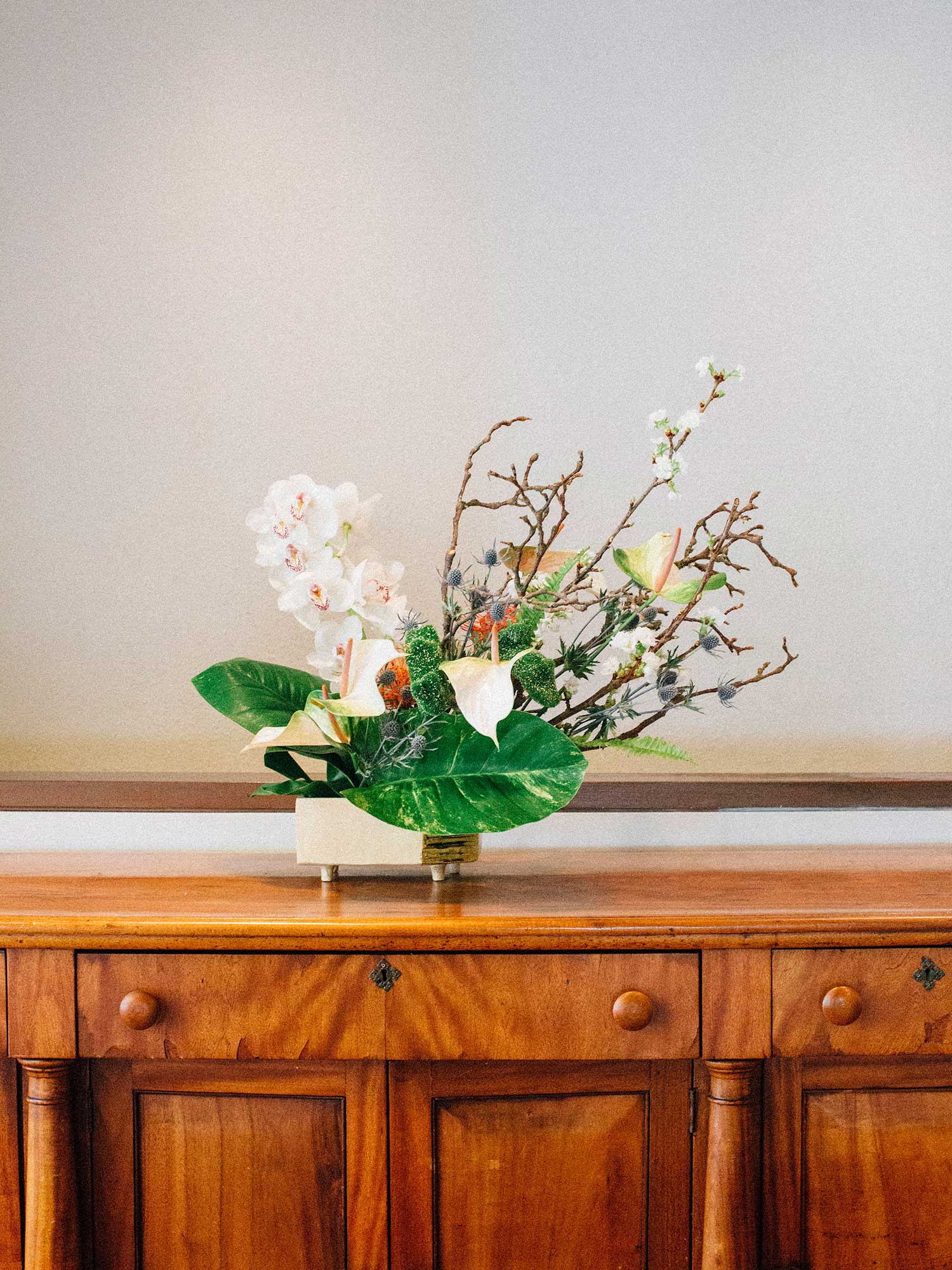
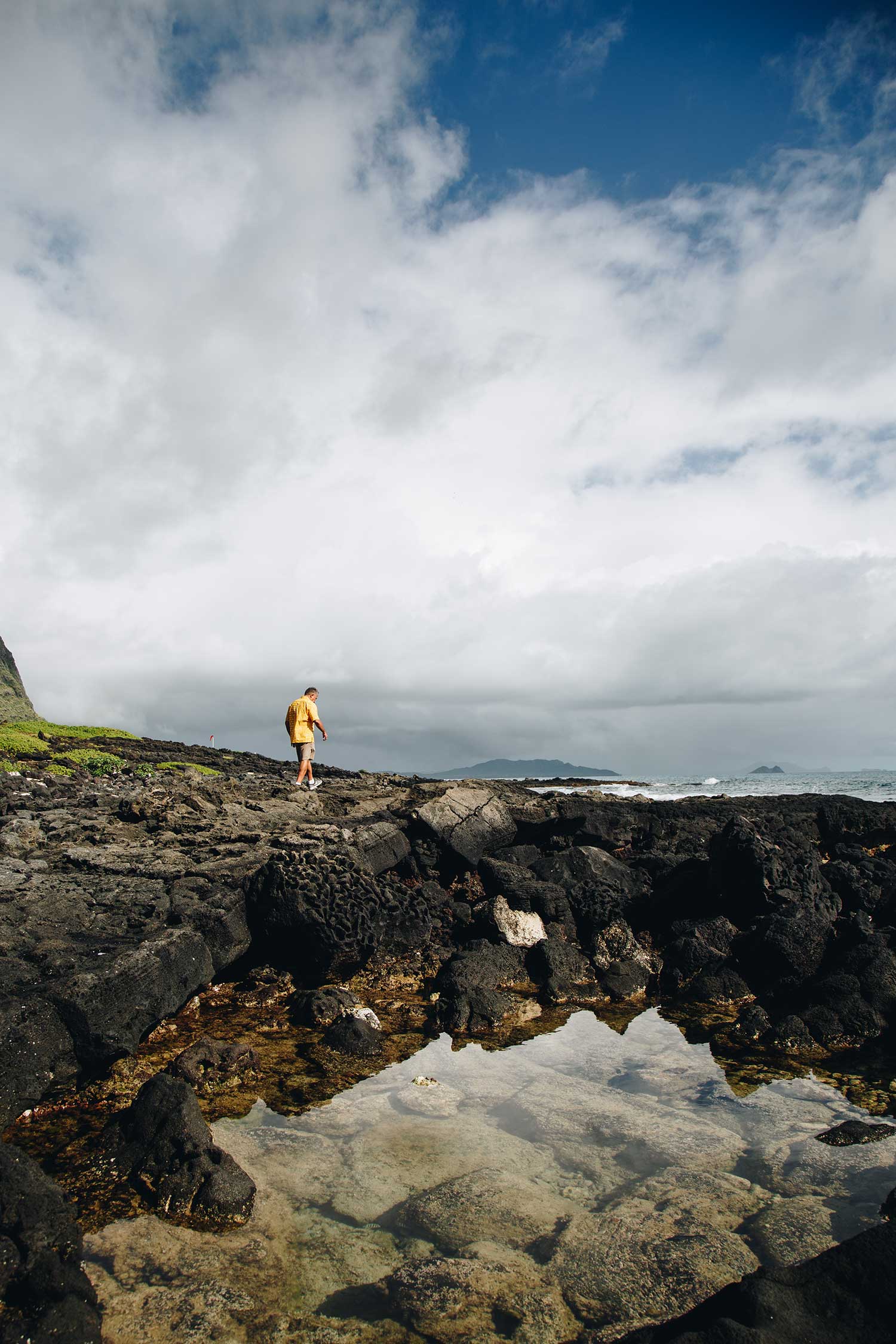

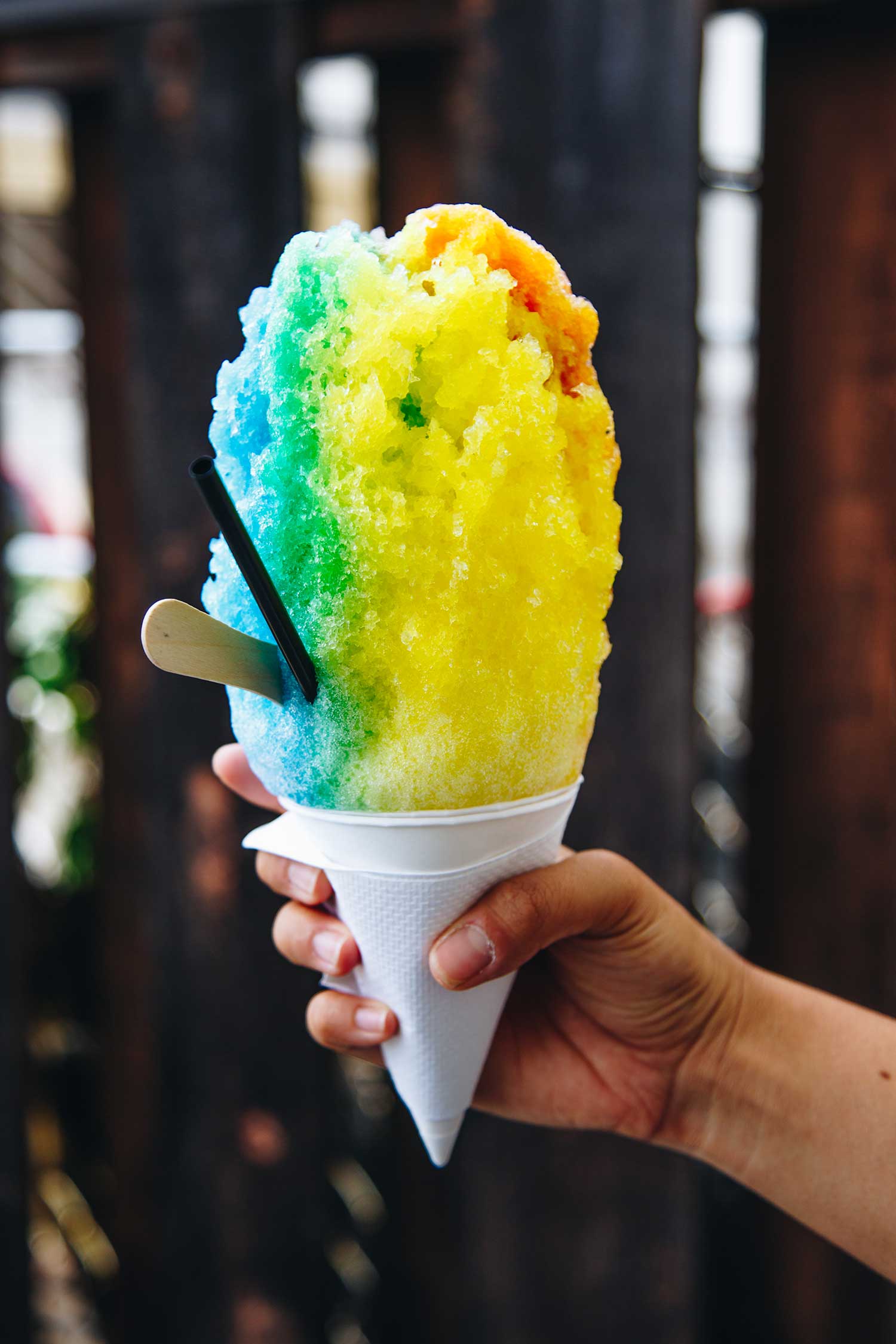

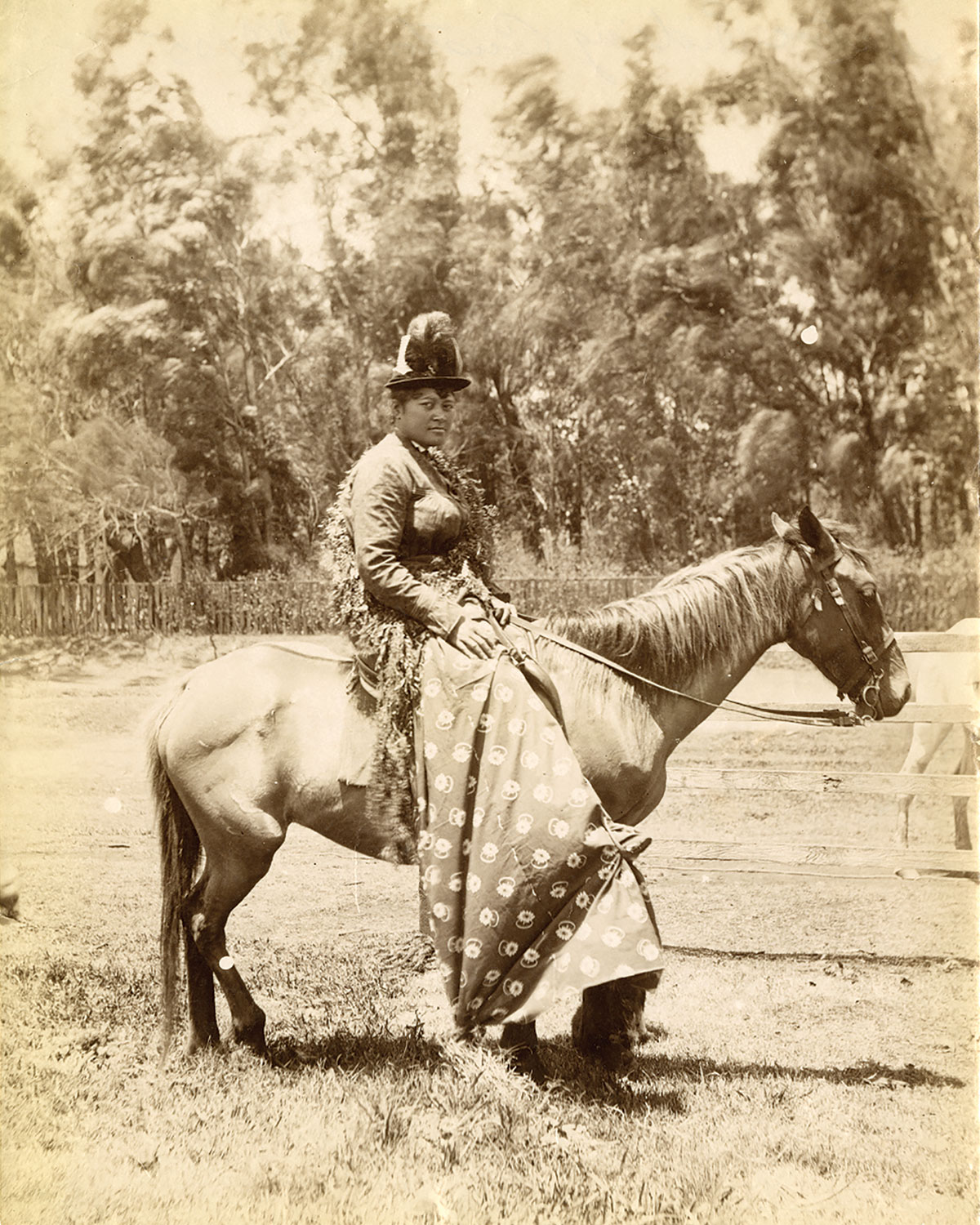
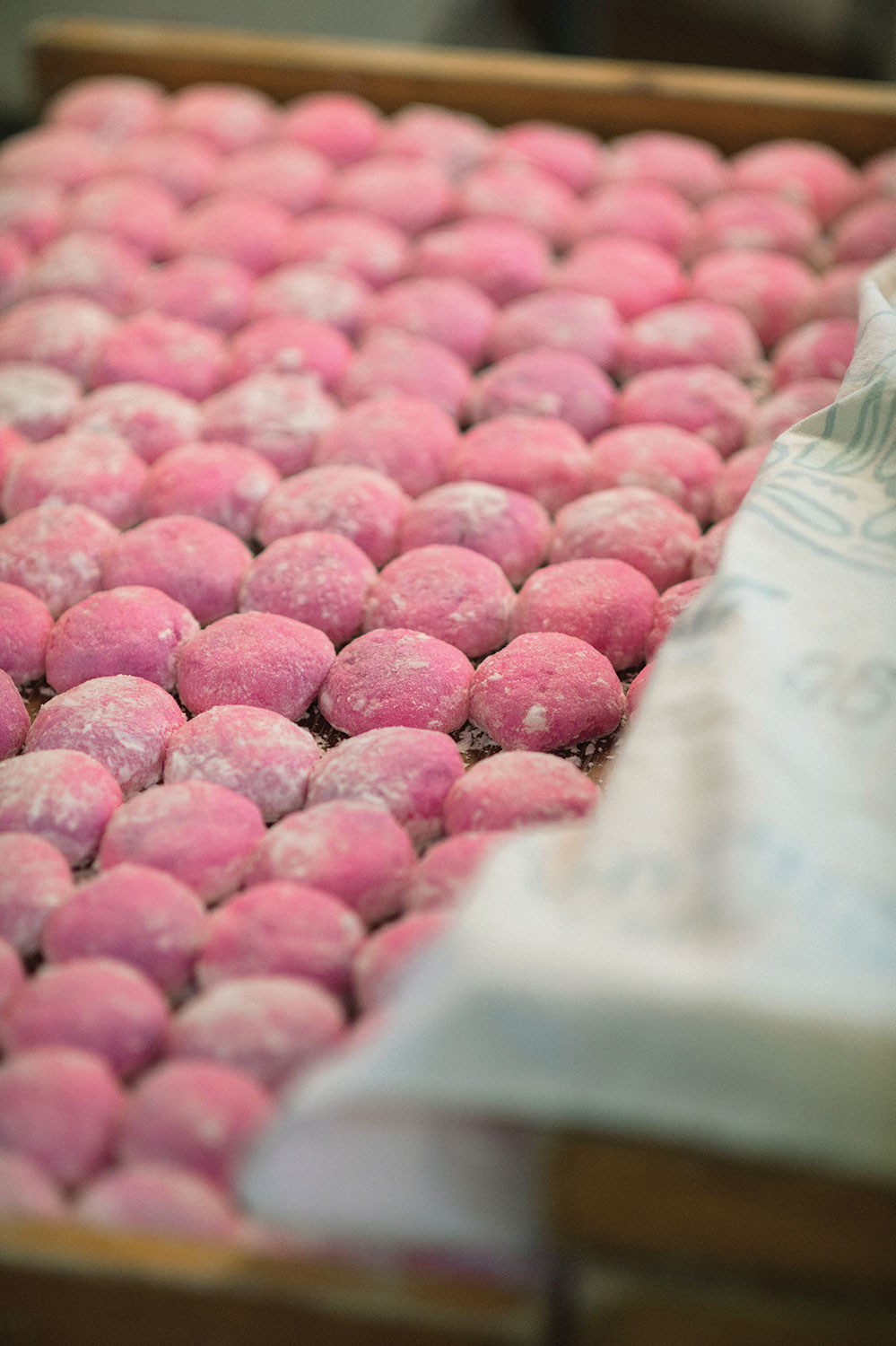
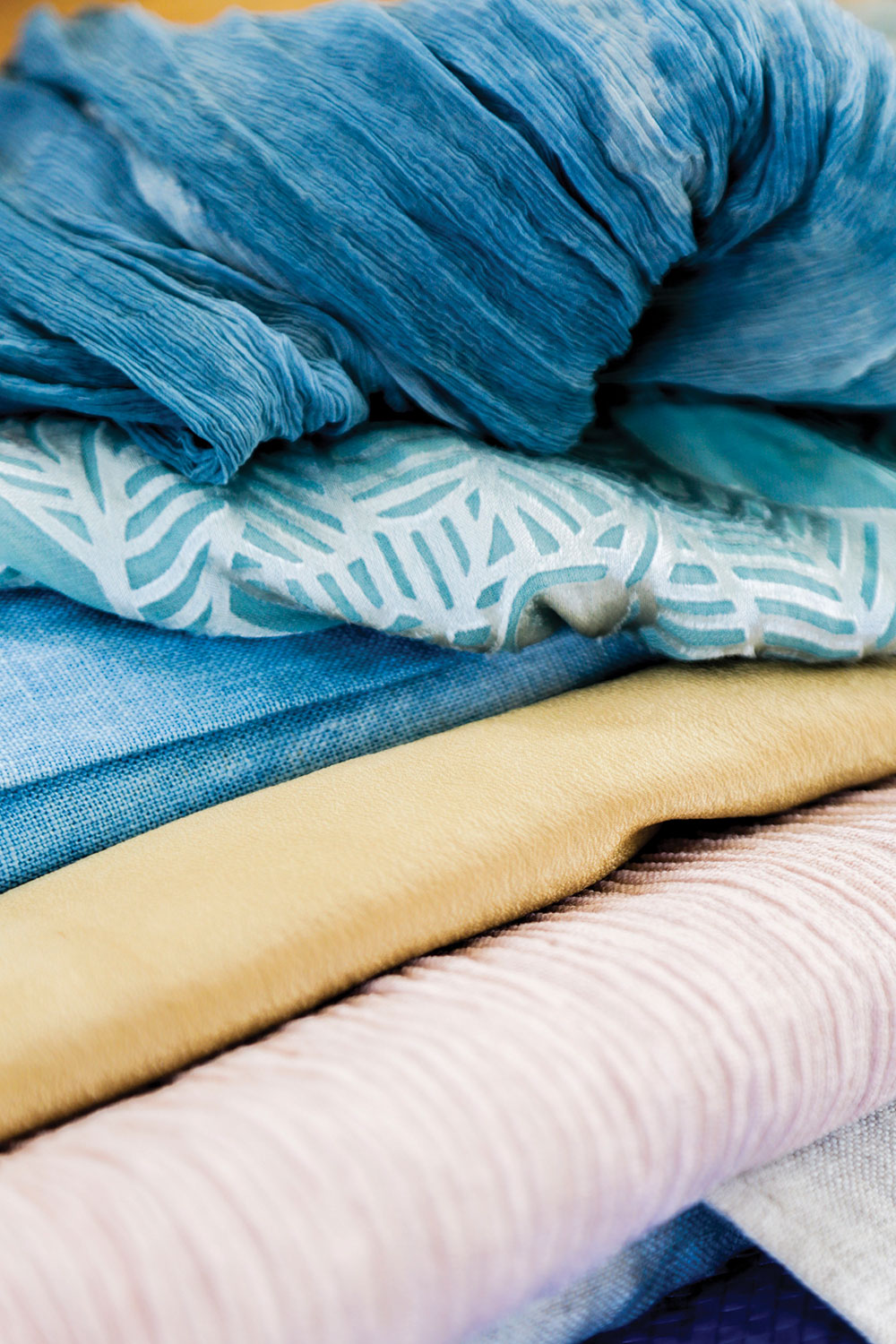
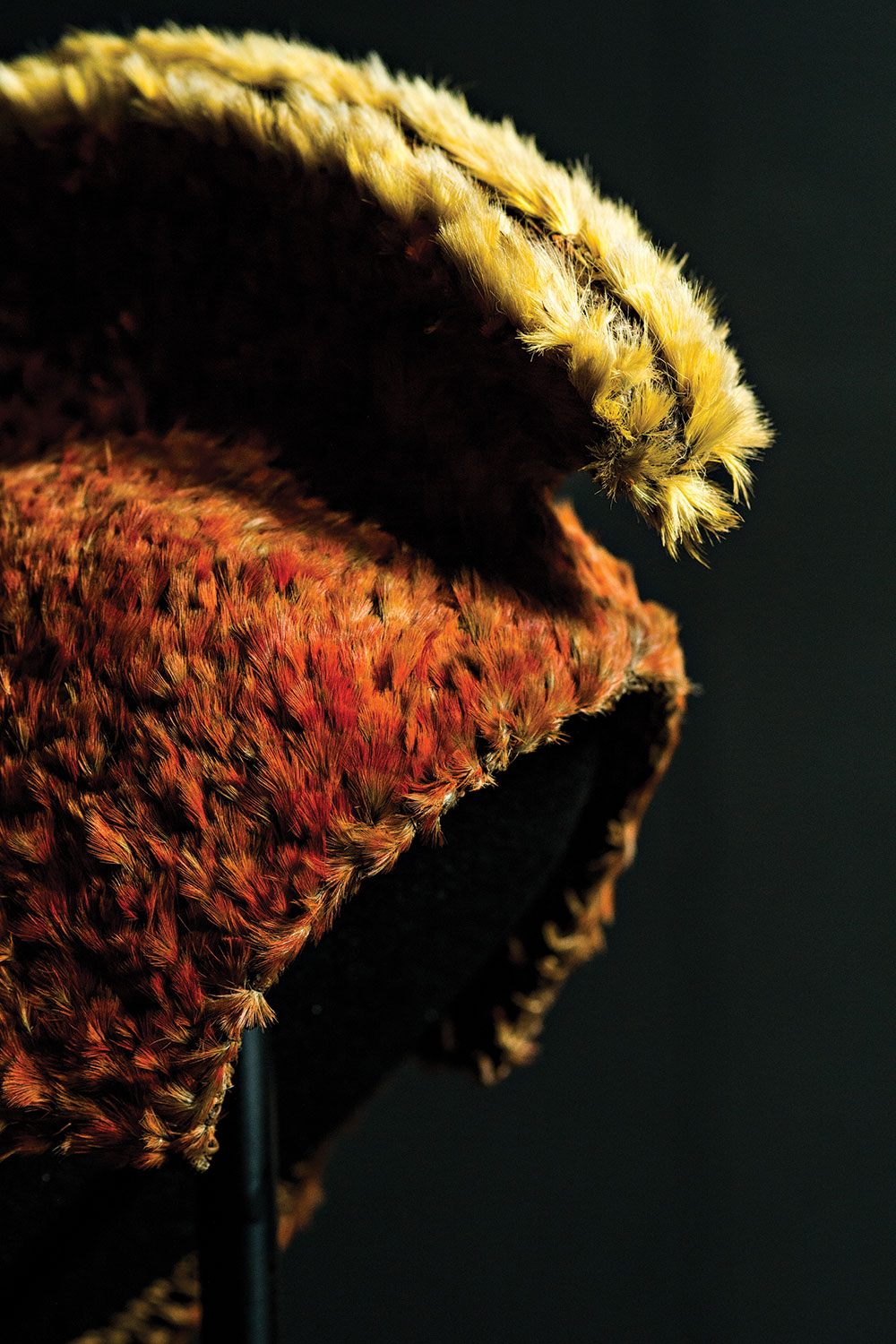
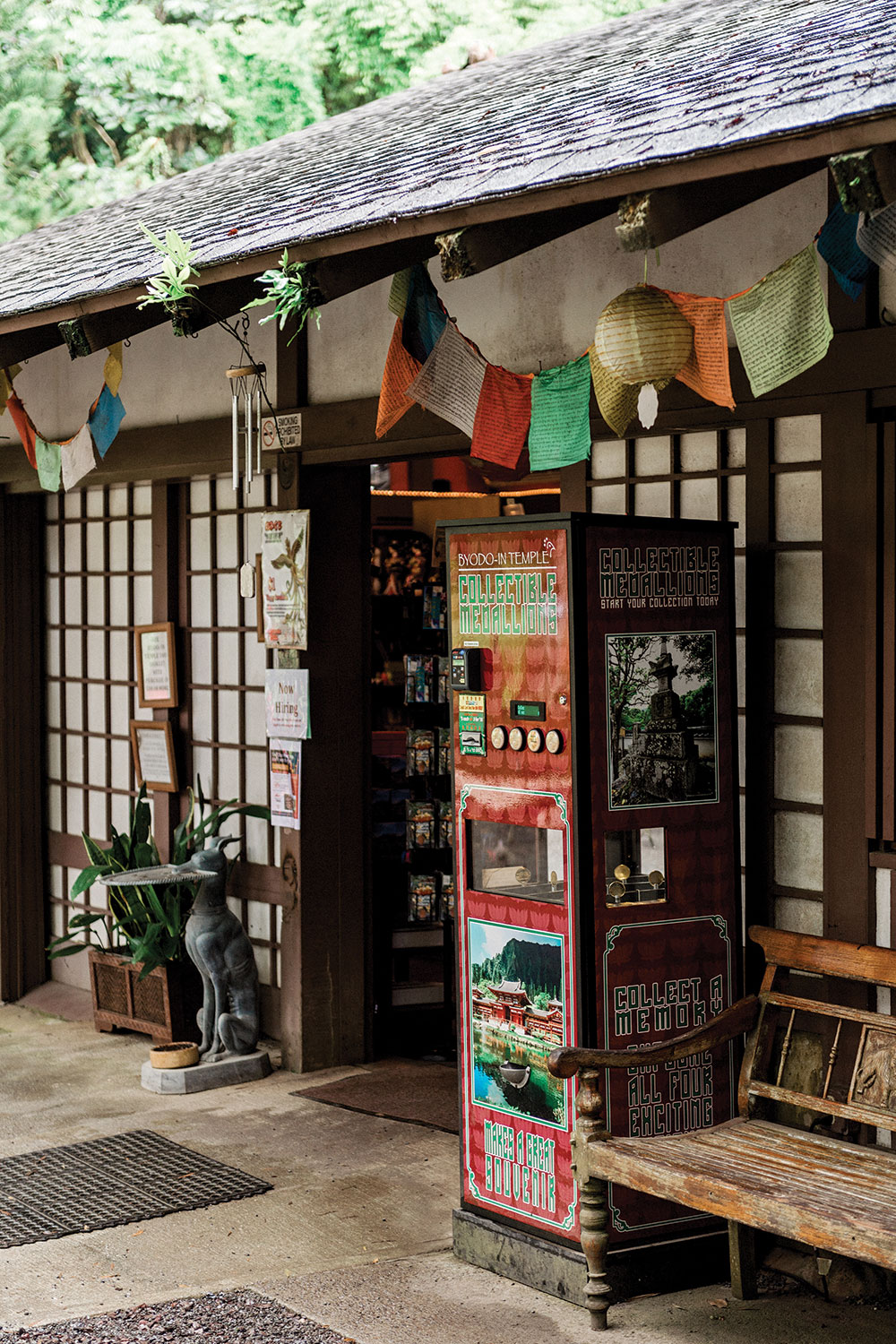
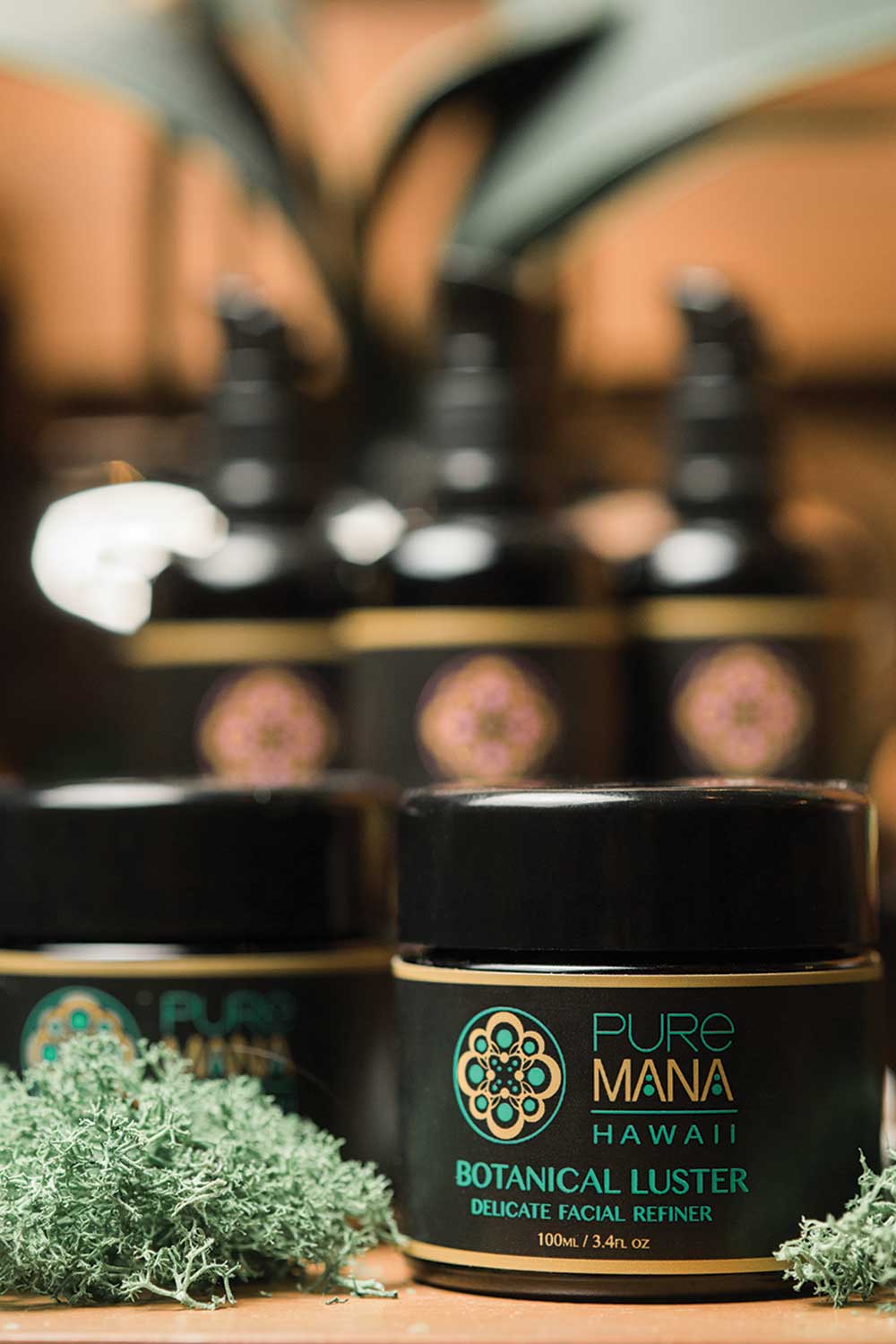
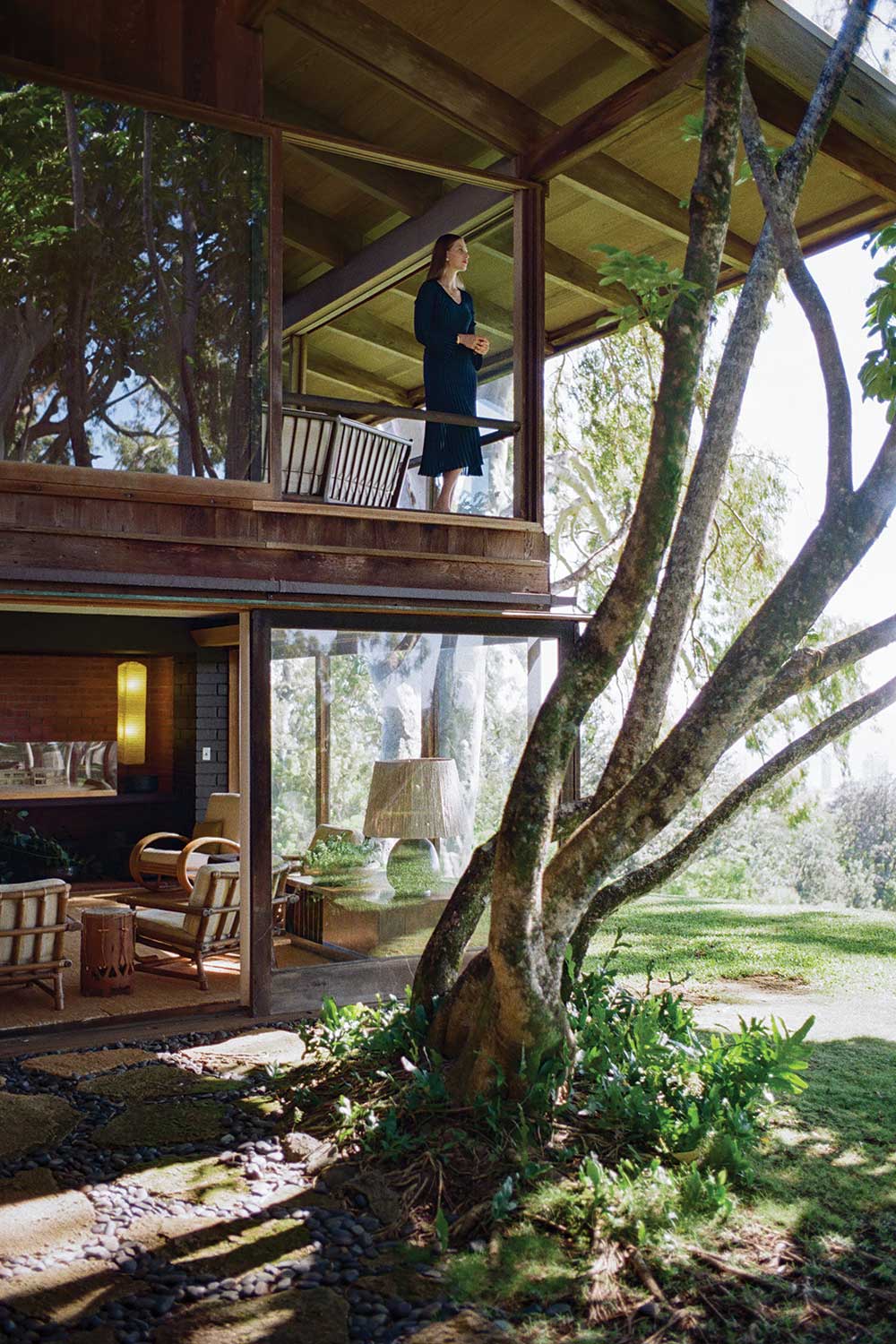
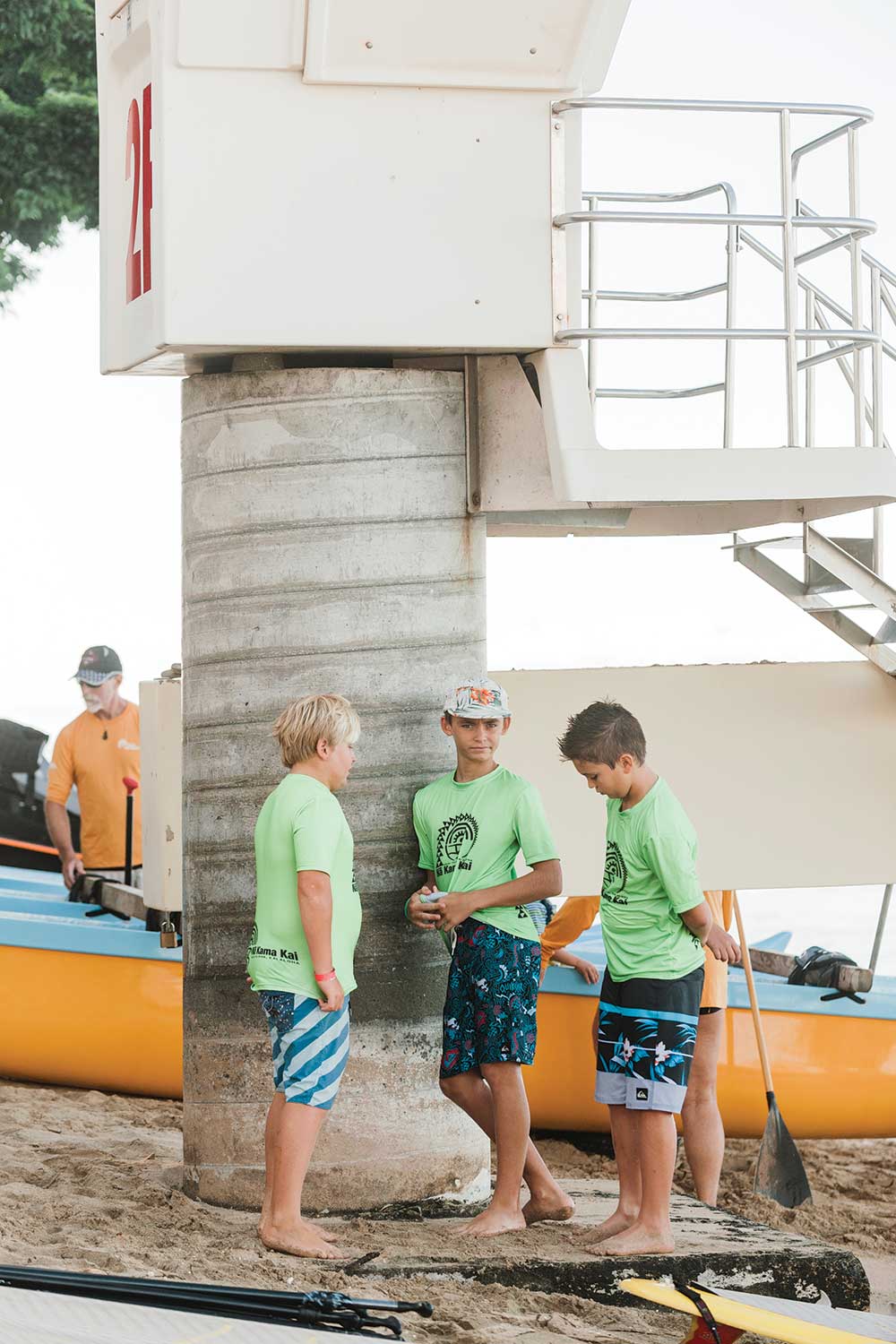
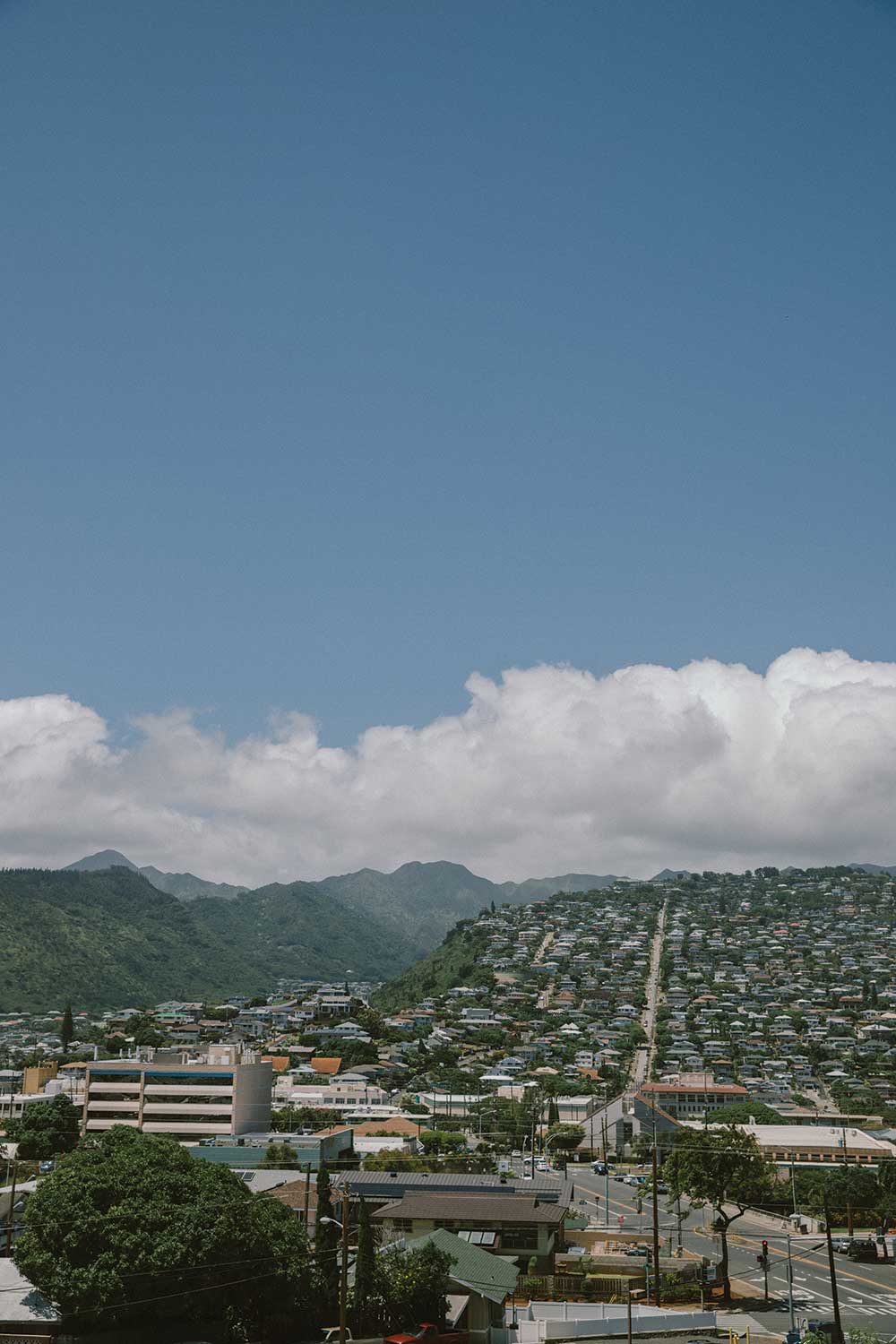

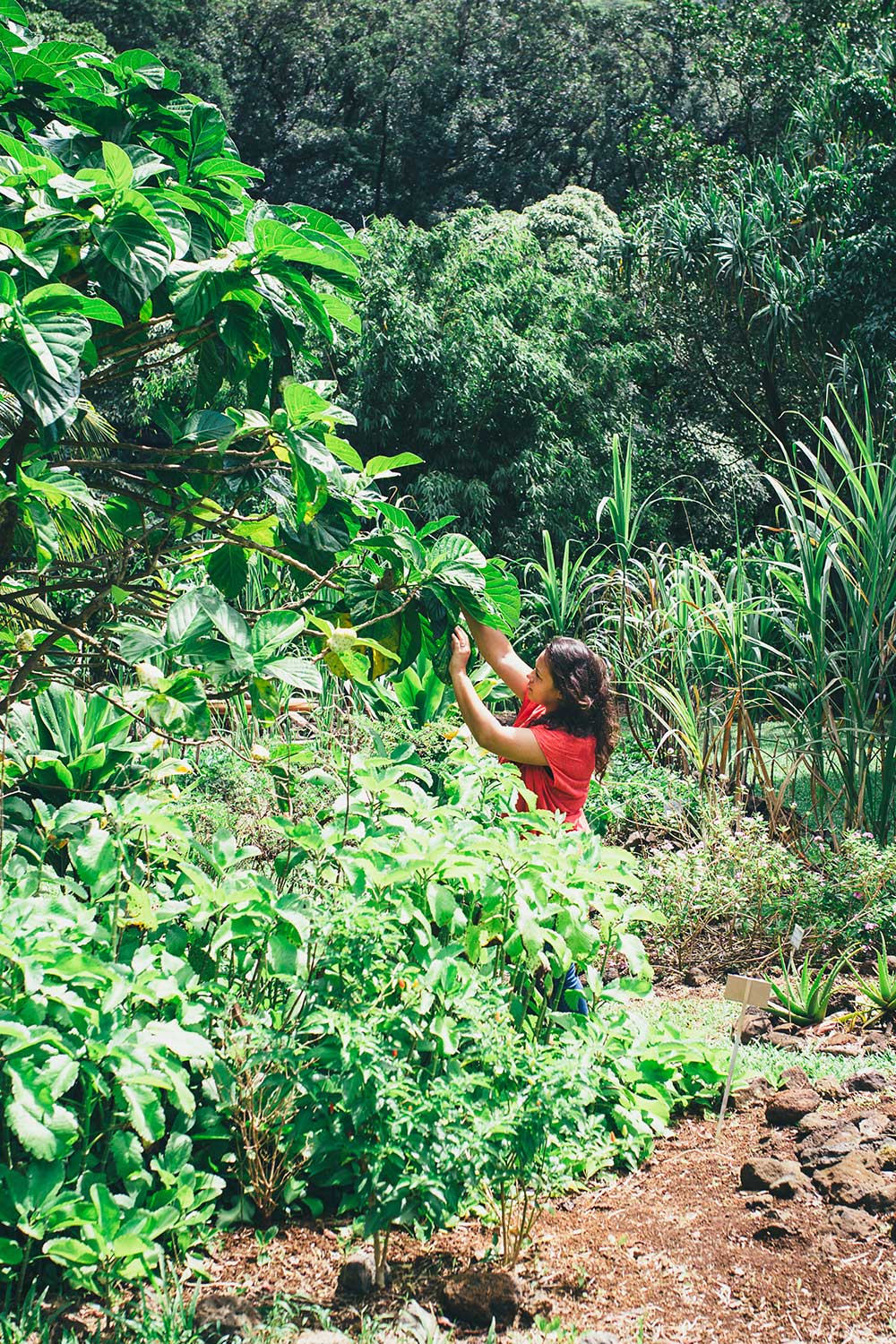

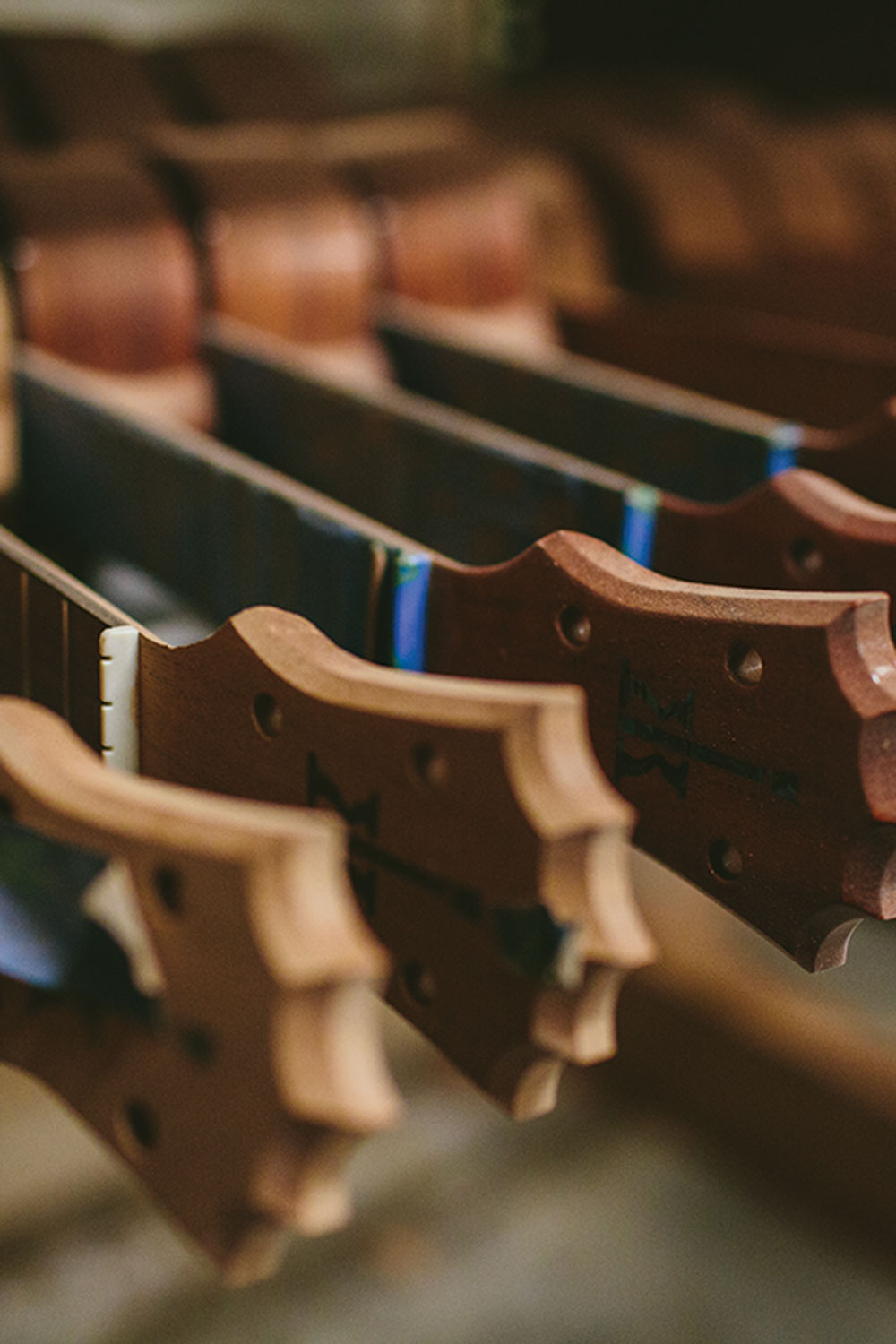
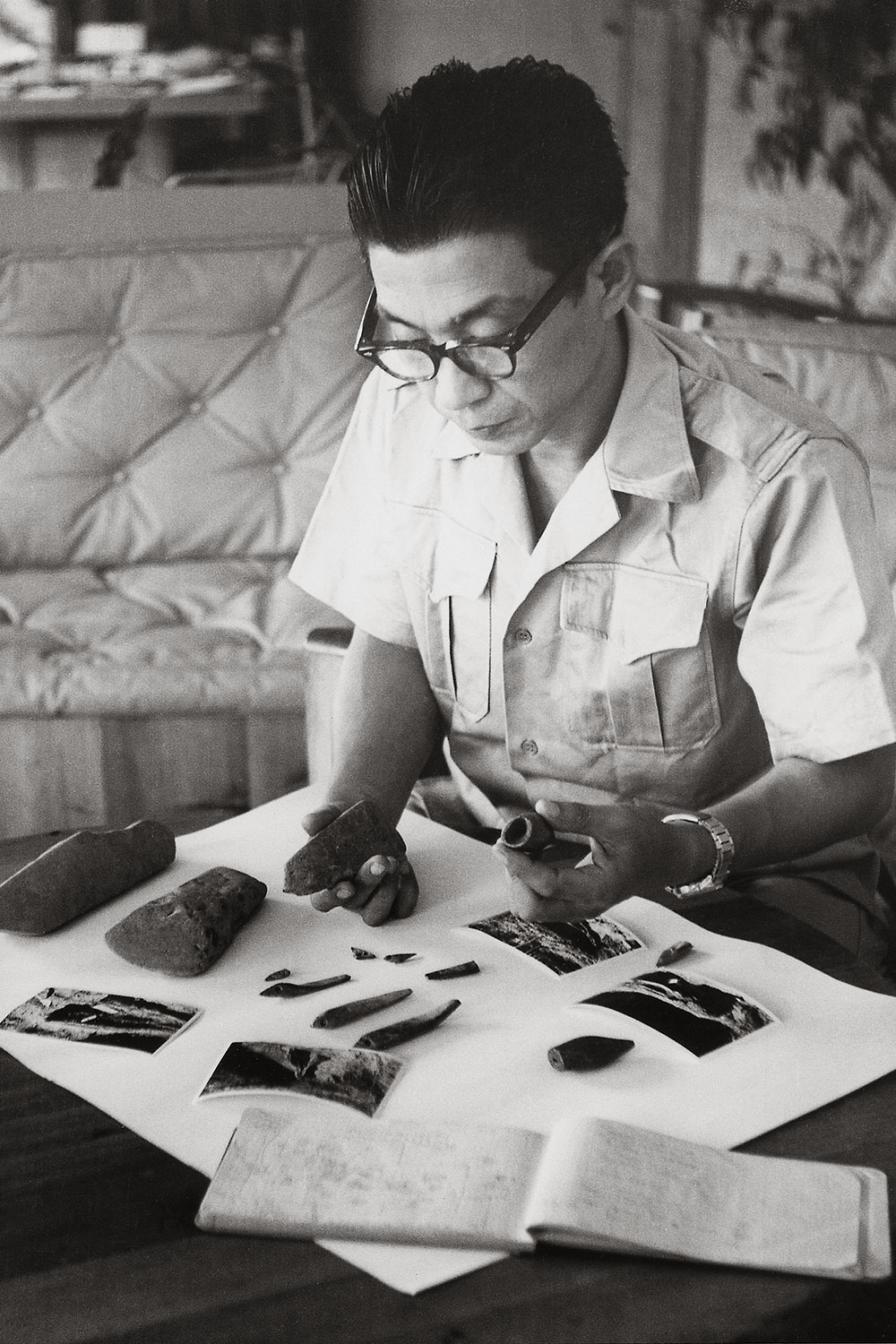
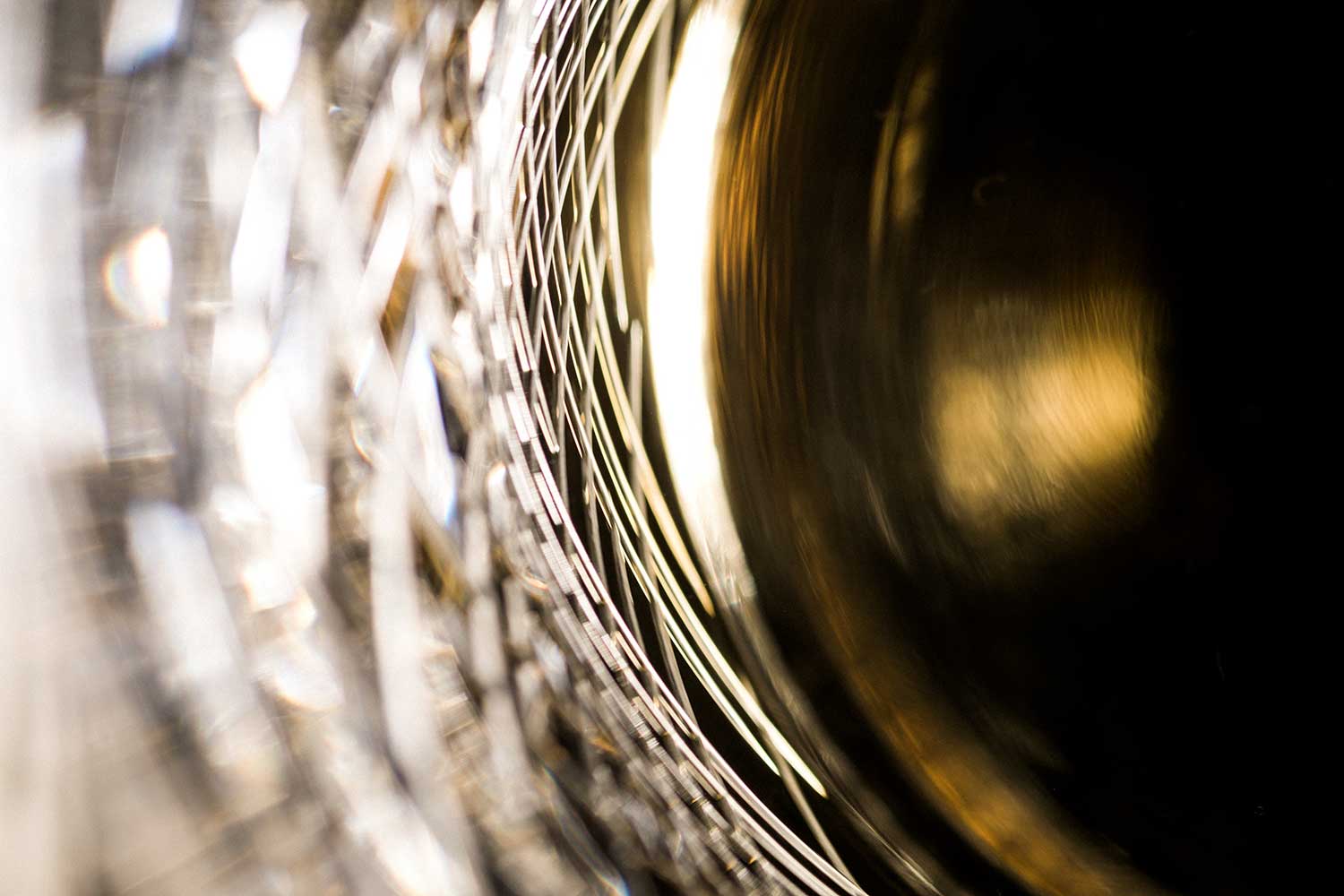









Share: